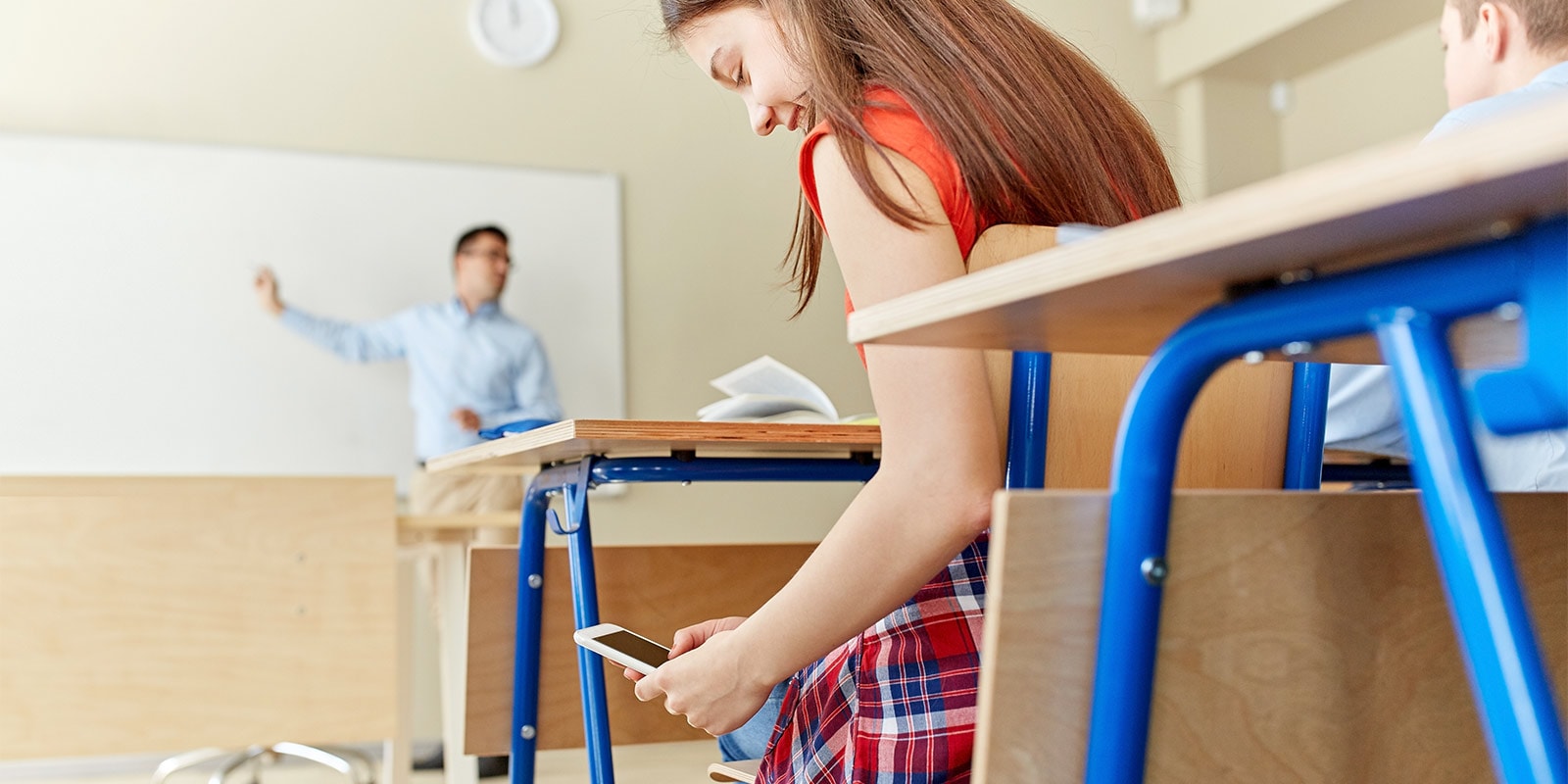How To Set Consistent Device and Social Media Rules at School — and at Home
by

As social media use surges among youth, educators are grappling with the need to manage device disturbances — while acknowledging that technology use is embedded in education. Although educators embrace digital tools to help surface diverse viewpoints, boost engagement and save time, clear guidelines are necessary to keep students on task during the school day and promote digital responsibility.
As schools and districts aim to set consistent rules for device and social media usage, they should embrace a balanced approach that fosters a safe, supportive learning environment while minimizing distractions and risky behavior. Here are five guidelines to consider.
Read more

